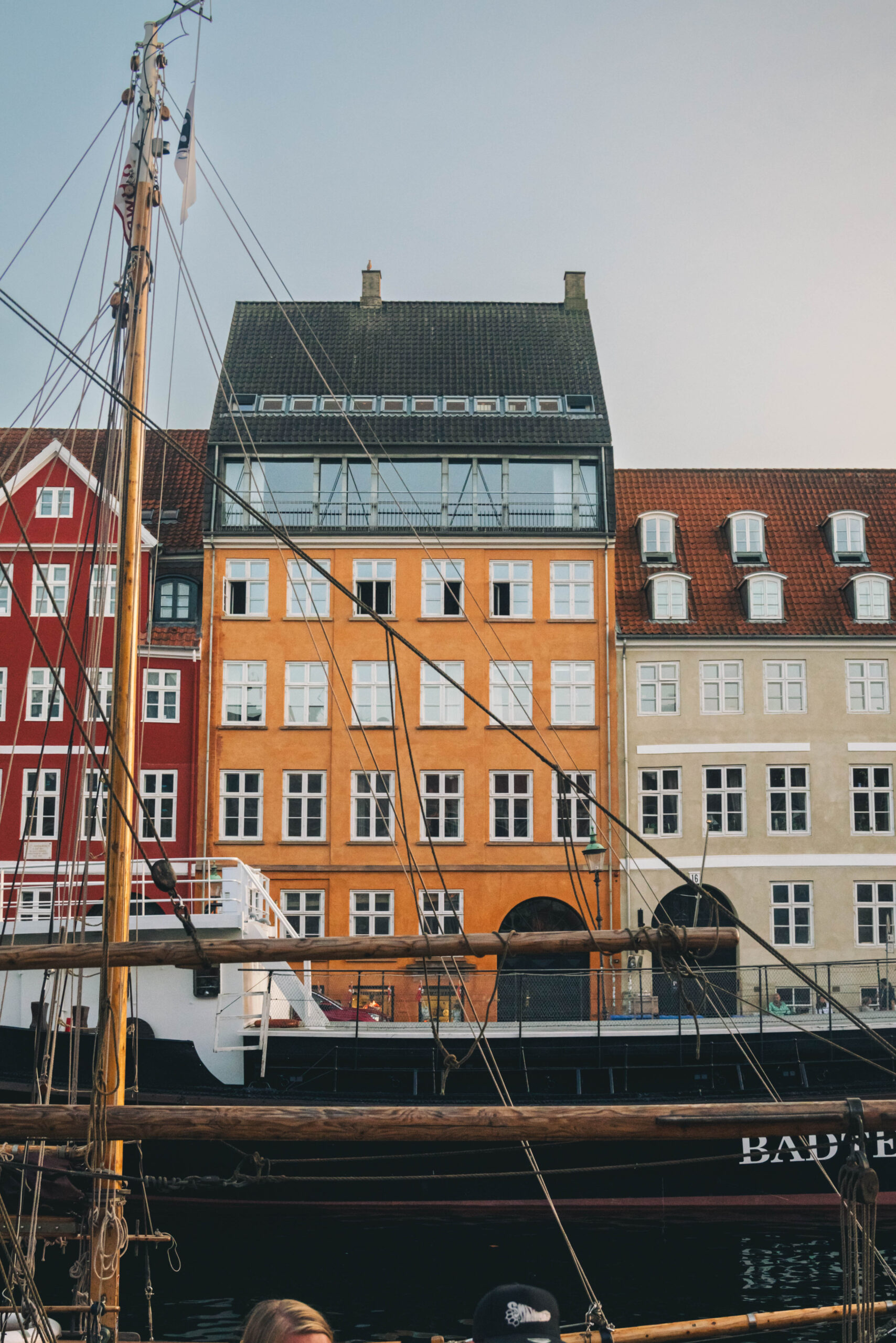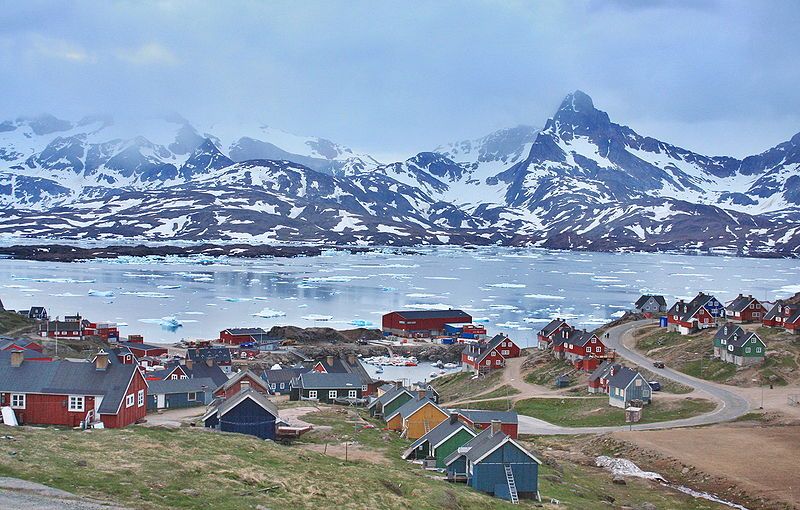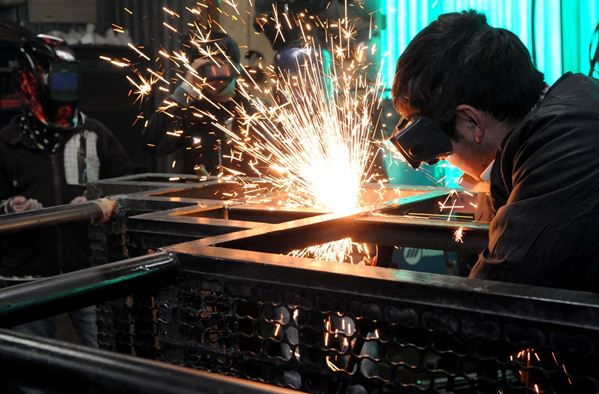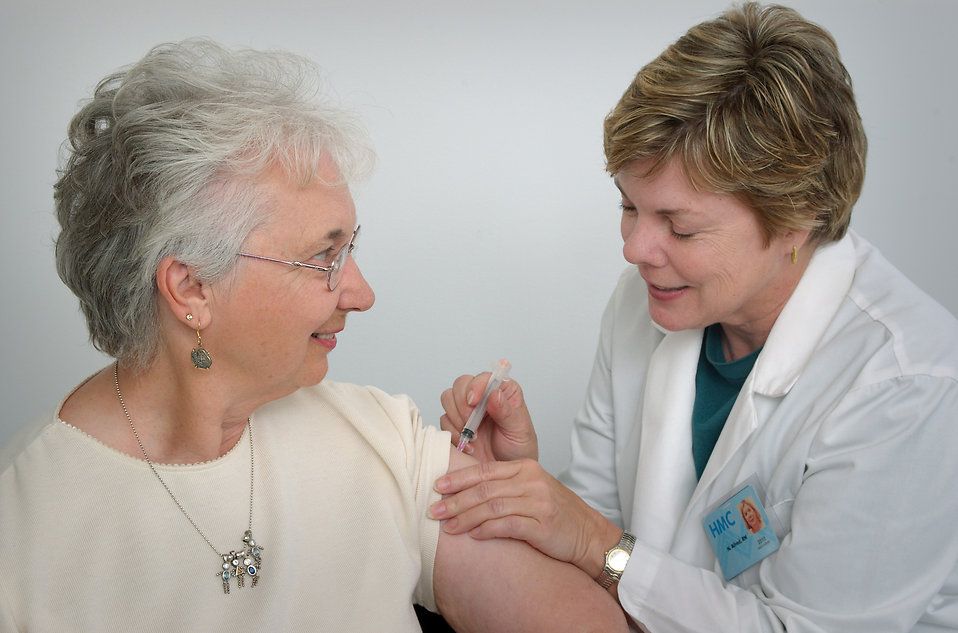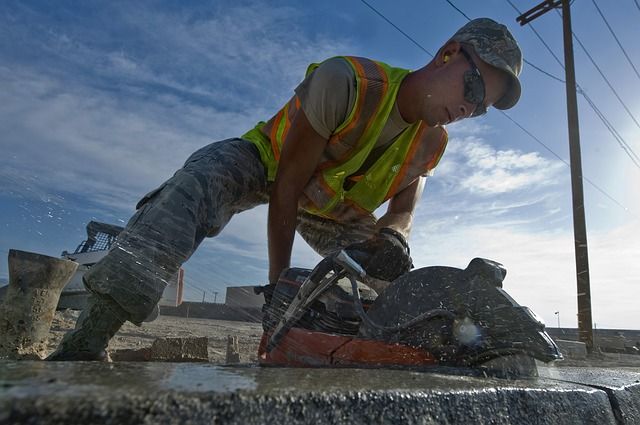Denmark’s eight universities – DTU, the University of Copenhagen, Aarhus University, the IT University of Copenhagen, Copenhagen Business School, Aalborg University, the University of Southern Denmark and Roskilde University – have joined forces on a unique new project concerning the green transition in food.
A facility for interdisciplinary work based at Aarhus University called the START Center for Sustainable Agrifood Systems will be established to strengthen collaboration within natural sciences, social sciences and humanities.
“It’s exceptional that all eight Danish universities have come together to form a common front at an interdisciplinary level. Agriculture and the food of the future is a priority of Danish research,” commented Christine Nellemann from the DTU Food Institute.
Nellemann is the first chair of START. The position will be reassigned every six months to a representative from one of the eight universities.
An international perspective
“Working with business, politicians and international partners, the research collaboration in START will create a strong foundation for innovations that will have a decisive effect on our climate and environment and ensure long-term solutions in the food area,” said Eskild Holm Nielsen, the dean of the Faculty of Technical Sciences at Aarhus University.
“The goal is for Denmark to be a European living lab that can demonstrate the planned transition of European food systems,” she said.
Denmark’s Pioneer Center for Artificial Intelligence opens
The new Pioneer Center for Artificial Intelligence, where research will focus on AI solutions to “society’s biggest challenges”, has opened at the University of Copenhagen Observatory. It’s Denmark’s largest research centre for artificial intelligence to date, bringing together partners from Aalborg University, Aarhus University, DTU, the IT University of Copenhagen and the University of Copenhagen. Its sights are set on propelling Denmark to the forefront of the global AI science race. Projects will seek to benefit the health and biotech industries, energy and infrastructure, and climate and biodiversity.
Can a venomous sea snail replace morphine?
Poison from the sea snail species Conus magus has an analgesic effect on humans akin to morphine, but with fewer side-effects. It’s currently available to treat back injuries or cancer but is expensive and cumbersome to administer. Now, a new study from the University of Copenhagen has identified a second sea snail, Conus rolani – found in the Pacific Ocean around the Philippines – whose venom acts as an even more potent painkiller in mice but has none of the addictive properties of morphine. It’s hoped it could pave the way for alternative analgesic treatments in the future.
Flight passengers will chip in for green-fuel fund
A series of meetings between DTU, Copenhagen Airports, Dansk Industri and SAS has kicked off, aiming to develop the technology behind green aviation fuels in line with PM Mette Frederiksberg’s promise that all Danish domestic flight routes will be green by 2025. To establish an R&D fund of 750 million kroner, Copenhagen Airports will draw a small contribution from each passenger. According to DTU, the biggest challenge is driving down the price of green fuels so that they can compete with fossil fuels, as current green technology is neither “mature nor scalable”.
Young DTU students become 3D-printing pioneers
In their attempt to mimic a novel American 3D printing method called Volumetric Additive Manufacturing, two DTU students have built an even more effective printer that can print 3D elements in minutes instead of hours. Rather than adding layers upon layers as in traditional 3D printing, a UV-sensitive photopolymer blend is used to form all geometries in their entire volume at once – like the way dental casts are formed. While faster, it’s unclear yet whether the printer delivers the same, or an even higher, geometric precision than other methods.
Eelgrass planting scheme pays off
Since 1900, up to 90 percent of Denmark’s eelgrass beds found on shorelines and in fjords have been lost. Fish and other animals depend on the habitat created by the eelgrass, while the grass itself captures and stores carbon. Now, the University of Southern Denmark has succeeded in re-establishing the marine beds in Horsens Fjord by planting eelgrass shoots. After two years, the density of new growth is 70 times greater.
Super-sensitive MRI scanner trialled at Arhus University
A new MRI scanning method 10,000 times more sensitive than current techniques is being researched at Aarhus University. The new method may be able to identify kidney disease earlier in diabetic patients, which could lead to better treatment options.
Bjarke Ingels Group to build brain-shaped neuroscience centre
Aarhus University Hospital and Aarhus University are world-renowned for their diagnosis and treatment of brain diseases. Now, a new facility called the Danish Neuroscience Center, designed by Bjarke Ingels Group, is in the works to integrate psychiatry with neuroscience under the same roof. The 250 million kroner, 19,000 sqm construction will be funded by The Salling Foundation and be completed in 2026. It will house some 500 brain researchers with an emphasis on neurology and psychiatry. The architecture is inspired by the folds of the brain, functioning as a “network space that creates new connections, contexts and common understanding”.
Keyhole bypass surgery may become the norm
Over the past four months, surgeons at Rigshospitalet have performed 15 coronary bypass surgeries through an incision between the ribs, rather than by sawing open the sternum. It’s a more demanding procedure for the surgeons, but reduces the recovery pain, need for rehabilitation, infection risk and hospitalisation time.
Massive Copenhagen health study shows mental-health decline
In virtually all parameters for well-being, health and illness, in the Health Profile 2021 – a large health study of the population in the Capital Region – citizens with a short education perform worse than citizens with a long education. Other observations: since 2017, poor mental health has been on the rise – particularly amongst women in the 16-25 age-group. One in four women aged 16-25 is lonely and half feel stressed. Meanwhile, the number of daily smokers has fallen from 16 percent in 2017 to 13 percent in 2021.
Ice-age plants adapted to CO2 levels
By studying 800,000-year-old air bubbles trapped in ice, climate scientists from the University of Copenhagen have found that prehistoric plant life increased their oxygen production in response to increasing carbon levels in the atmosphere. The mechanism does not prevent global warming but dampens the rising trend. The new knowledge will inform future climate models.
Ancient volcanic eruptions may revolutionise climate models
Ice drilling in Antarctica and Greenland has revealed the traces of gigantic volcanic eruptions during the last Ice Age. Some 69 of them are larger than the Tambora eruption in Indonesia in 1815 – the largest eruption recorded in recent times. Tambora released so much sulphuric acid into the stratosphere that it blocked the sun, causing global temperatures to drop for 5-10 years, as well as tsunamis, drought, famine and at least 80,000 deaths. Physicists from the University of Copenhagen hope the effects of volcanism may shed light on the climactic response when the radiation balance in the atmosphere changes – be it via increased CO2 levels or a blanket of sulphur particles.
Tectonic-plate discovery will help predict future earthquakes
The movement of the earth’s tectonic plates, which shift around on the liquid core of the earth, is what triggers earthquakes. But researchers at the University of Copenhagen have discovered that the earthquakes themselves cause tectonic plates to behave differently in their aftermath. The findings necessitate a rethink of the models used to assess the statistical risk of future earthquakes in ‘hotspots’.




